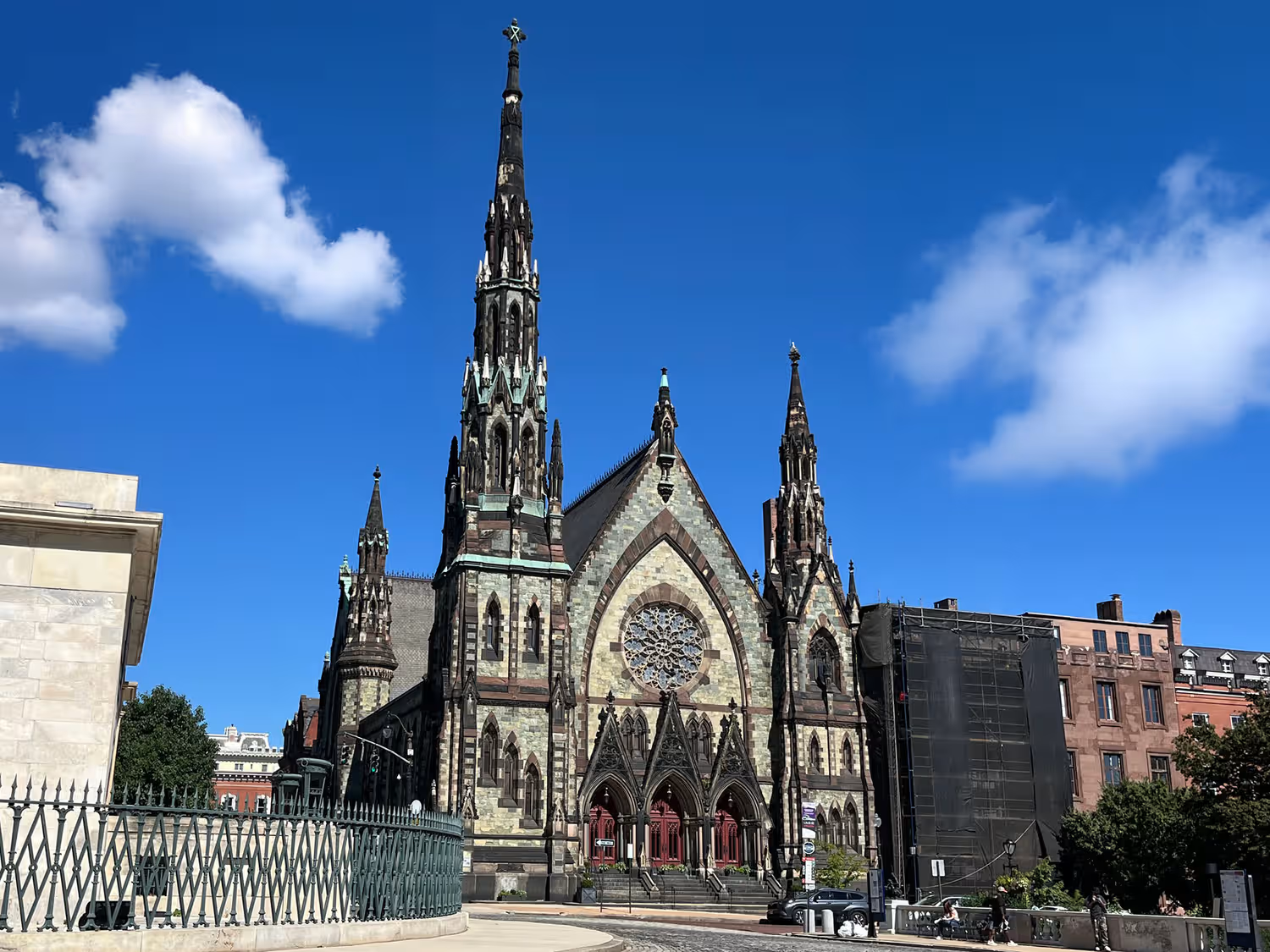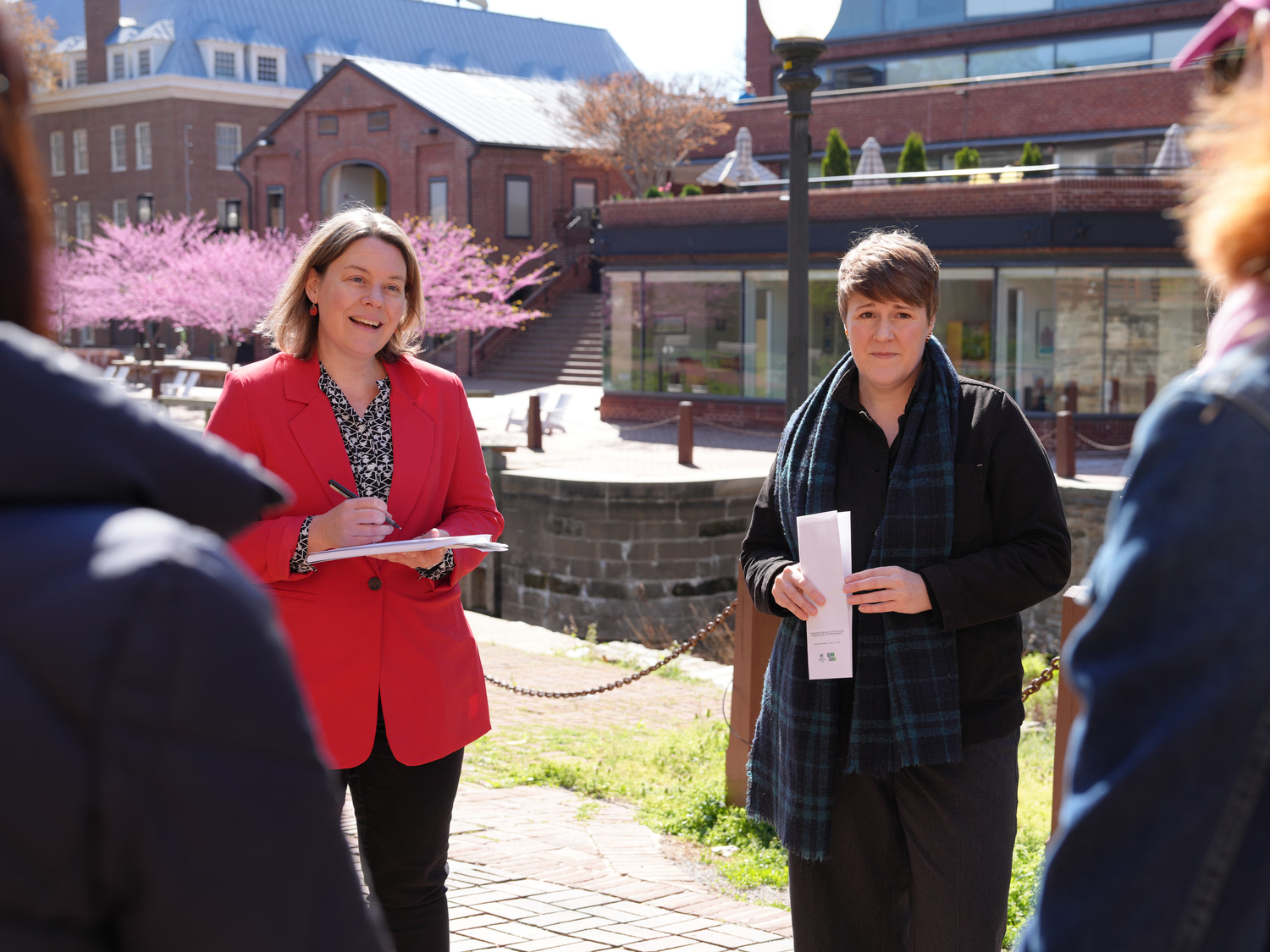
The National Zoo’s historic Bird House has re-opened to the public after a six-year renovation. Quinn Evans is proud to be the architect for the building’s renewal as an immersive visitor experience and state-of-the-art animal habitat. The transformed exhibits interpret the amazing story of bird migration, housing birds that spend at least part of their year in North America.

The Bird House is the first zoo or museum attraction of this size to introduce visitors to the awe-inspiring feat of bird migration.

The Bird House was designed by DC’s second-ever Municipal Architect, Albert L. Harris, and was originally completed in 1928. It was expanded in 1937 with funding from the Great Depression-era Public Works Administration. Its last major renovation took place in the early 1960s.

Our design retains over 80% of the building’s existing load-bearing masonry walls, which diverted potential waste from landfills.

The building houses over 100 species of birds, showing the breadth and depth of this class of animals.

Three walk-through aviaries allow visitors to get up close and personal with the birds—for a true multi-sensory experience!

We added a new bird tracking and banding station for the Smithsonian Migratory Bird Center to conduct research and inspire citizen scientists.

There are ten pools located throughout the building's aviaries, including two saltwater pools, to mimic the birds’ natural habitats.

The pools hold a total of 6,400 gallons of water, which weighs approximately the same as four elephants (based on Spike, the National Zoo’s male Asian elephant, who lives just down the hill from the Bird House).

Our water-saving design reduces the building’s water use by 65% outdoors and 43% indoors through the use of a smart irrigation system outside and water-saving fixtures in the building.

The pattern on the building’s bird-friendly glazing follows the American Bird Conservancy’s “2x4” rule. This makes the glass more visible to birds, preventing them from colliding with it.

All outdoor lighting has a BUG (Backlight, Uplight, Glare) rating of 0, meaning it creates no light pollution. This is a key bird-friendly feature, as light pollution has a major impact on wild bird migration.
.jpg)
Learn more about the new exhibits and their avian inhabitants on the National Zoo’s Bird House page.

.avif)





